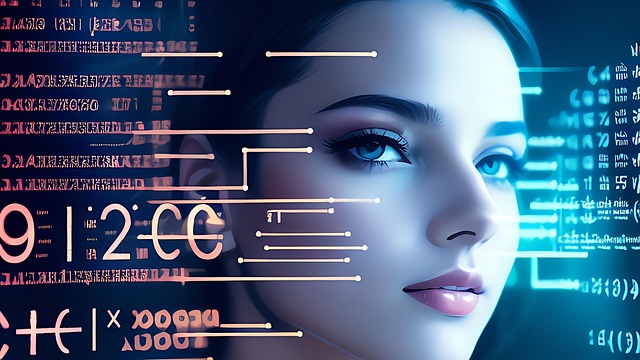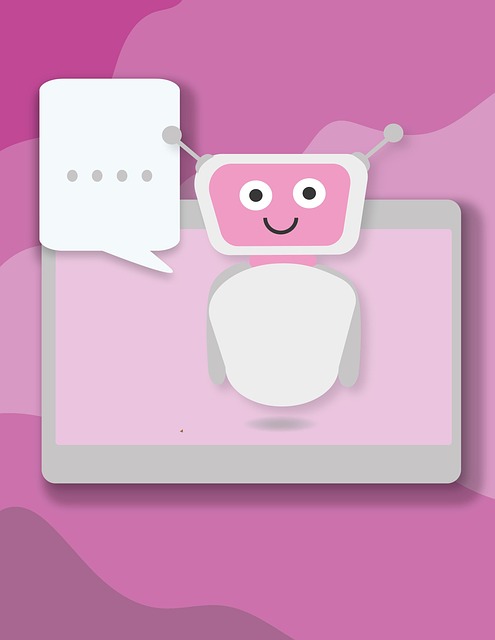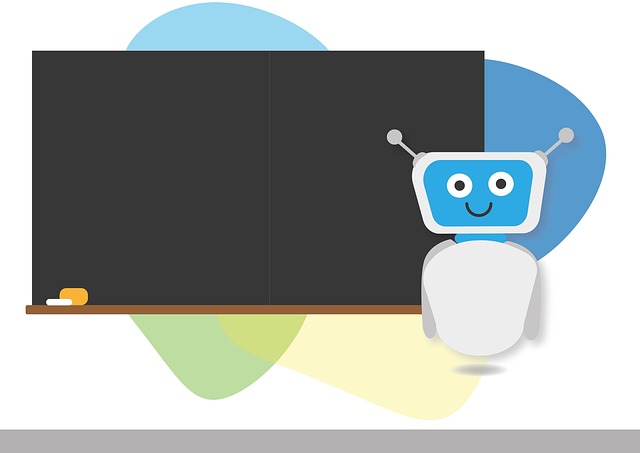Generative AI powers free AI chatbots that create text, images, & code with human-like coherence. Trained on massive datasets using neural networks like GPT, these chatbots offer dynamic interactions for writing, coding, marketing, & education, revolutionizing digital assistant access through simple conversational interfaces. While presenting opportunities like improved efficiency & personalized experiences, challenges include bias & potential misuse. As these chatbots become more sophisticated and globally accessible, responsible development & regulations are crucial to ensure their positive impact on society.
“Discover the transformative potential of Generative AI and its pivotal role in empowering Free AI Chatbots. This comprehensive guide explores how these innovative tools are revolutionizing communication, from their technical underpinnings to diverse applications. We delve into the benefits they offer, from enhanced productivity to improved user experiences.
Furthermore, we examine the ethical landscape, highlighting challenges and potential solutions. Finally, glimpse into the future, where Free AI Chatbots are poised to evolve, shaping the way we interact with technology.”
- Understanding Generative AI: The Power Behind Free AI Chatbots
- How Do Free AI Chatbots Work? A Technical Glimpse
- Benefits of Using Free AI Chatbot Services
- Ethical Considerations and Challenges in Generative AI
- Future Prospects: The Evolution of Free AI Chatbots
Understanding Generative AI: The Power Behind Free AI Chatbots

Generative AI represents a significant leap forward in artificial intelligence, enabling machines to create content that was once solely within the realm of human creativity. This technology powers many modern free AI chatbots, allowing them to generate text, images, and even code with remarkable coherence and context understanding. The key difference lies in its ability to learn from vast datasets and produce novel outputs, making interactions with these chatbots dynamic and personalized.
Free AI chatbots leverage generative models to offer a wide range of services, from creative writing assistance to coding suggestions. Their power is not just in providing quick answers but in fostering innovation by generating diverse ideas and possibilities. This technology promises to revolutionize how we interact with digital assistants, making them more than just information retrieval systems but collaborative partners in various tasks, all accessible through simple conversational interfaces.
How Do Free AI Chatbots Work? A Technical Glimpse

Free AI chatbots operate through a combination of sophisticated algorithms and vast language models, often leveraging generative AI techniques. At their core, these chatbots utilize neural networks, specifically transformer-based architectures like GPT (Generative Pre-trained Transformer), which have been trained on colossal amounts of text data from the internet. This training allows them to predict and generate human-like text based on input prompts.
When a user interacts with a free AI chatbot, their input is processed through these models. The model analyzes patterns, contextual relationships, and semantic meanings within the prompt, enabling it to generate contextually relevant responses. This process involves several steps: tokenization (breaking down text into meaningful units), embedding (converting tokens into numerical vectors), and then feeding this data into the neural network for processing. The model predicts the next most probable word or sequence of words based on its training data, creating a conversational flow that appears natural and intelligent to the user.
Benefits of Using Free AI Chatbot Services

The rise of free AI chatbot services has democratized access to advanced conversational technology, enabling businesses and individuals alike to leverage artificial intelligence in unprecedented ways. These services offer a range of benefits, from enhancing customer service and support to streamlining content creation and personalizing user experiences. By utilizing free AI chatbots, companies can reduce operational costs associated with hiring human agents and gain valuable insights through data-driven interactions.
Moreover, free AI chatbot platforms often incorporate generative AI capabilities, allowing users to create dynamic and personalized content at scale. This includes generating text, images, and even video content tailored to specific user preferences and behaviors. Such versatility makes these tools invaluable for marketing campaigns, social media management, and educational initiatives, fostering engagement and efficiency while pushing the boundaries of what’s possible in human-computer interaction.
Ethical Considerations and Challenges in Generative AI

The rapid advancement of generative AI, including free AI chatbots, brings both remarkable opportunities and significant ethical considerations. One major challenge is ensuring bias mitigation in generated content, as AI models can inadvertently perpetuate or amplify existing societal biases present in their training data. This is particularly concerning when creating text or images that may influence public opinion or decision-making processes.
Additionally, the potential for misuse is a critical issue. Generative AI technology can be employed to create deepfakes, synthetic media, or other forms of misinformation, posing risks to individuals’ privacy and public safety. As these tools become more accessible with the rise of free AI chatbots, developers and policymakers must collaborate to establish guidelines and regulations that promote responsible AI development and deployment while mitigating these ethical challenges.
Future Prospects: The Evolution of Free AI Chatbots

As we move forward, the future prospects of free AI chatbots look incredibly promising. With continuous advancements in generative AI, these chatbots are set to become even more sophisticated and capable. Imagine having a virtual assistant that can understand complex queries, generate human-like responses, and learn from every interaction—all for no cost. This evolution could democratize access to AI technology, making it available to individuals, businesses, and educators worldwide without any financial barriers.
The potential impact is vast. Free AI chatbots can revolutionize customer service by providing instant, personalized support 24/7. They can assist content creators in generating ideas and drafting text, accelerating their creative processes. In education, these chatbots could offer interactive learning experiences, adapting to each student’s unique needs. The possibilities are endless, painting a picture of a future where intelligent, free AI chatbots play an integral role in our daily lives.
In conclusion, free AI chatbots have emerged as a powerful tool, revolutionizing communication and content creation. As we’ve explored, these chatbots leverage advanced generative AI technologies to offer diverse benefits, from enhancing productivity to fostering creativity. However, navigating their ethical implications is crucial for responsible development and deployment. Looking ahead, the future of free AI chatbots promises further evolution and integration into various sectors, shaping how we interact with technology and each other in the digital age.
